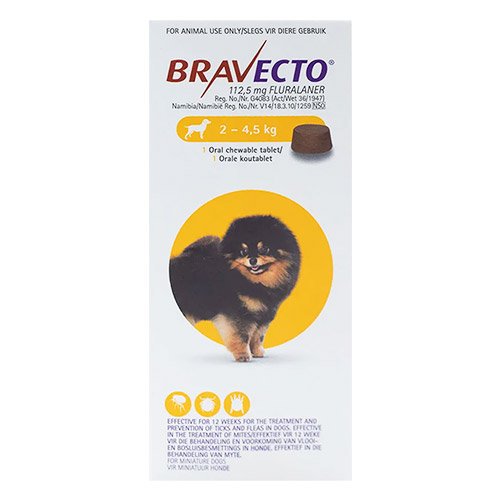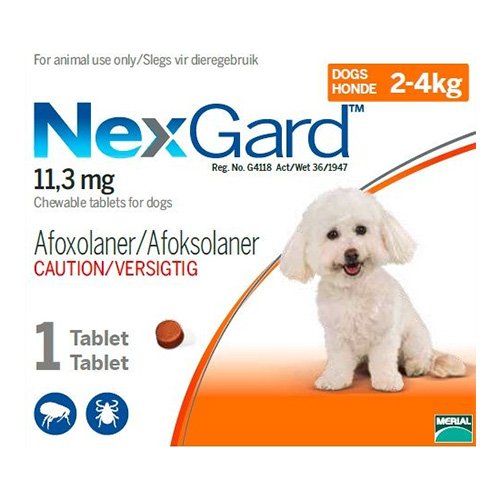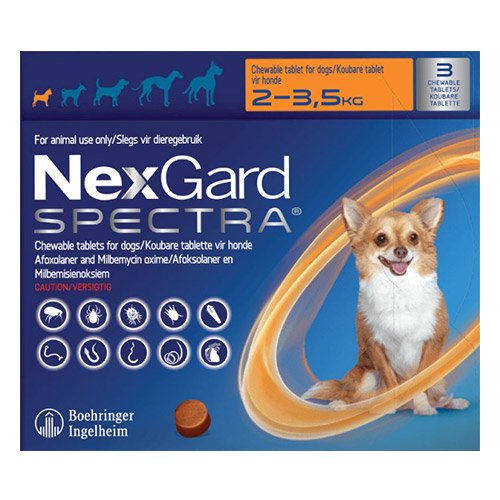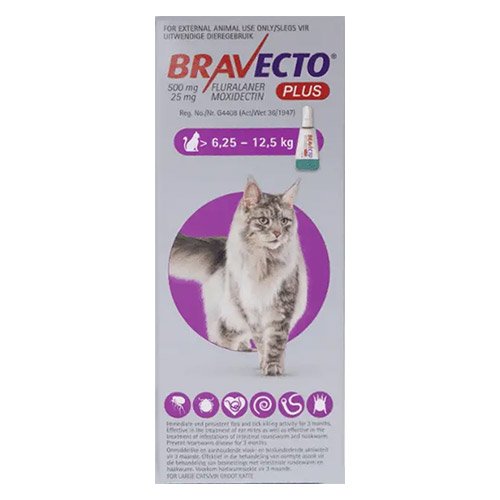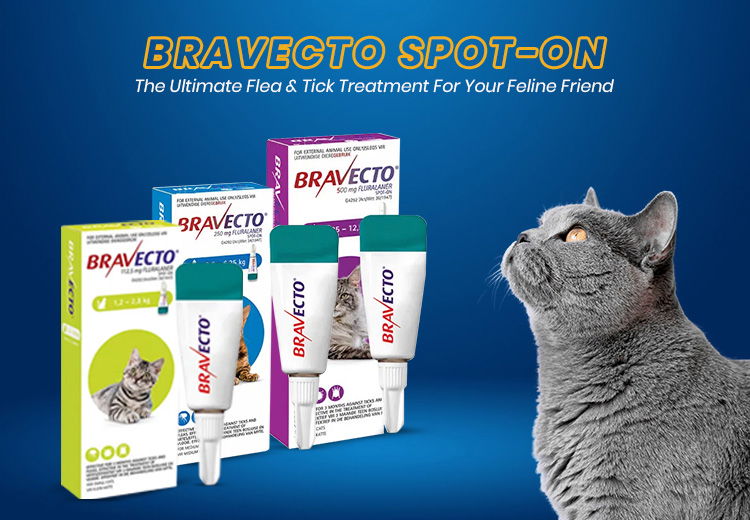Pet emergencies can knock on your door anytime and the best you can do is be well prepared. Although first aid cannot substitute veterinary care, it can provide much-needed temporary relief to your furry friend till you make it to the vet.
Let’s have a quick look at the essential items to pack in your pet’s first aid bag so that you can handle emergencies and ensure your furry companion’s safety and well-being.
9 must-have items for your pet’s first aid kit
Mentioned below are the 9 essentials every pet parent should have in their pet first aid kit:
- Bandages and antiseptic ointments: Sterile gauze, non-stick bandages and a vet wrap are crucial for the immediate dressing of wounds, controlling bleeding and protecting injuries. Moreover, antiseptic wipes, ointments and sprays help clean the wound, disinfect the cuts and prevent the risk of infections.
- Scissor/tweezer: Scissors or tweezers help cut the tape, gauze or bandaging and remove thorns, splinters or debris from your pet’s body. Use a pet-safe scissor and be careful to avoid hurting them.
- Gloves: Disposable gloves should be a must-have in your pet’s first aid kit as they help prevent infections. Gloves provide a protective layer while you clean the wounds of your furry mate and safeguard you from potential infections.
- Thermometer: A pet-friendly thermometer is an absolute first aid essential as it helps monitor the temperature and understand the seriousness of the illness. Moreover, the recorded temperatures allow your vet to assess your pet’s condition accurately.
- Water: Water is a useful first aid item as it not only hydrates and relaxes your pet but also helps wash and flush wounds, soothe burns and helps pets get cool during hyperthermia. Keep a collapsible bowl along with a water bottle in your first aid kit. This can also be helpful while you are travelling.
- Eye wash: A gentle eye wash helps rinse your pet's eyes when they have dust or irritants in their eyes. Flush their eyes until the dust or irritants are completely removed. Use a pet-safe lubricant afterward to soothe the eyes.
- First aid manual: Keeping a first aid manual in the kit helps provide comprehensive information on how to use the supplies during an emergency. In case of your absence, the first aid manual acts as a guide to an unfamiliar person offering emergency procedures to your pet.
- Emergency contact numbers: Keep a contact card handy with emergency contact numbers including your veterinarian, nearby animal clinic and pet poison centre so that you can quickly reach out to them in a difficult situation without losing your precious time searching for contact information.
- Treats and toys: Don’t forget to stock up on treats and toys in your pet’s first aid kit as it helps distract your little one during an accident or an injury. You can keep your furry friend engaged with treats and toys when you are bandaging or until you reach for professional help.
Final thoughts
A well-equipped pet first aid kit with all the essentials is a must for every pet parent to provide immediate treatment in emergencies. Curate a first aid kit with all the necessary supplies mentioned in this blog and be prepared for any unforeseen difficulty. Don’t forget to update your pet’s first aid kit every 6 months to check for any replacements.







